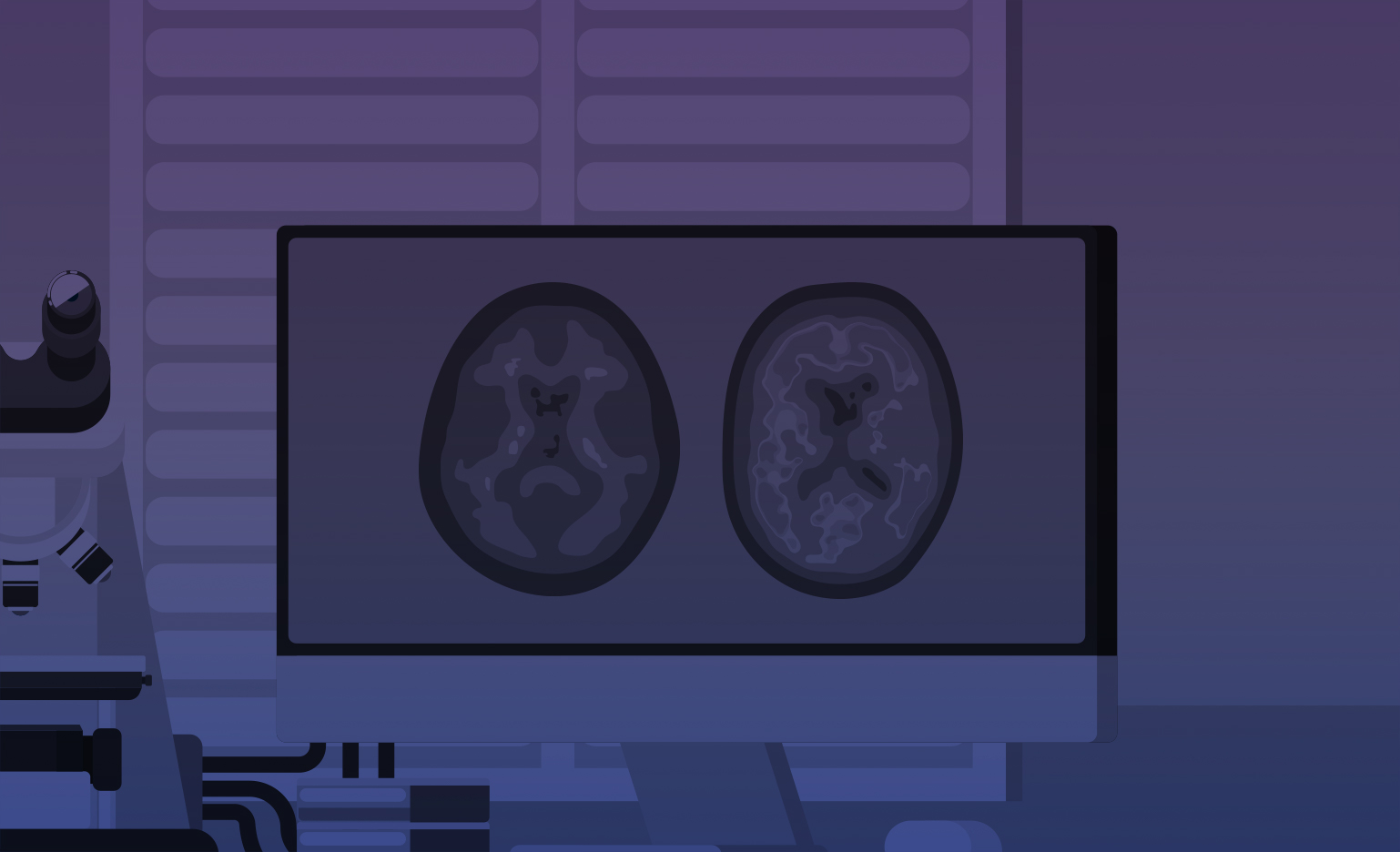Life Molecular Imaging, Ltd
Life Molecular Imaging, Ltd
PET imaging activated astrocytes in Alzheimer's Disease continuum with [18F]F-DED
Alzheimer's disease (AD) is a severe brain condition causing progressive memory loss and cognitive decline. Detecting AD early, e.g. at the stage of mild cognitive impairment (AD-MCI), and better characterizing the disease by assessing additional parameters in the brain can greatly help patients. Recent research is looking into a type of brain cells called astrocytes and their role in AD. Astrocytes are common brain cells that help keep the brain healthy and support neurons. In AD, they can become activated and cause inflammation. This inflammation contributes to the disease's progression of AD.
Scientists have developed a new imaging method to see these activated astrocytes in living brains. A labeled compound (“tracer”) is used that binds to these astrocytes. Bound to the target, the tracer emits signals that are collected in a camera and pictures from the brain are produced. Studies using this technique showed increased activity in brain areas vulnerable to AD, especially in early AD patients. Imaging activated astrocytes offers exciting possibilities for early diagnosis and tracking disease progression. It is a non-invasive way to better characterize AD early, allowing for developing and tailoring new treatment options in the future. Monitoring astrocyte activity over time can also help us understand the disease better. The exact relationship between inflammation and other well-known markers in AD, such as amyloid plaques and tau tangles, is not fully understood. This study also aims to investigate how astrocytes interact with these markers using this new imaging method. Blood-based biomarkers will also be used to gain more insights into these interactions.
In summary, imaging activated astrocytes holds great promise for early AD diagnosis and tracking disease progression. As research advances, this imaging technique may revolutionize how we understand and manage neurodegenerative disorders, leading to better outcomes for AD patients.

